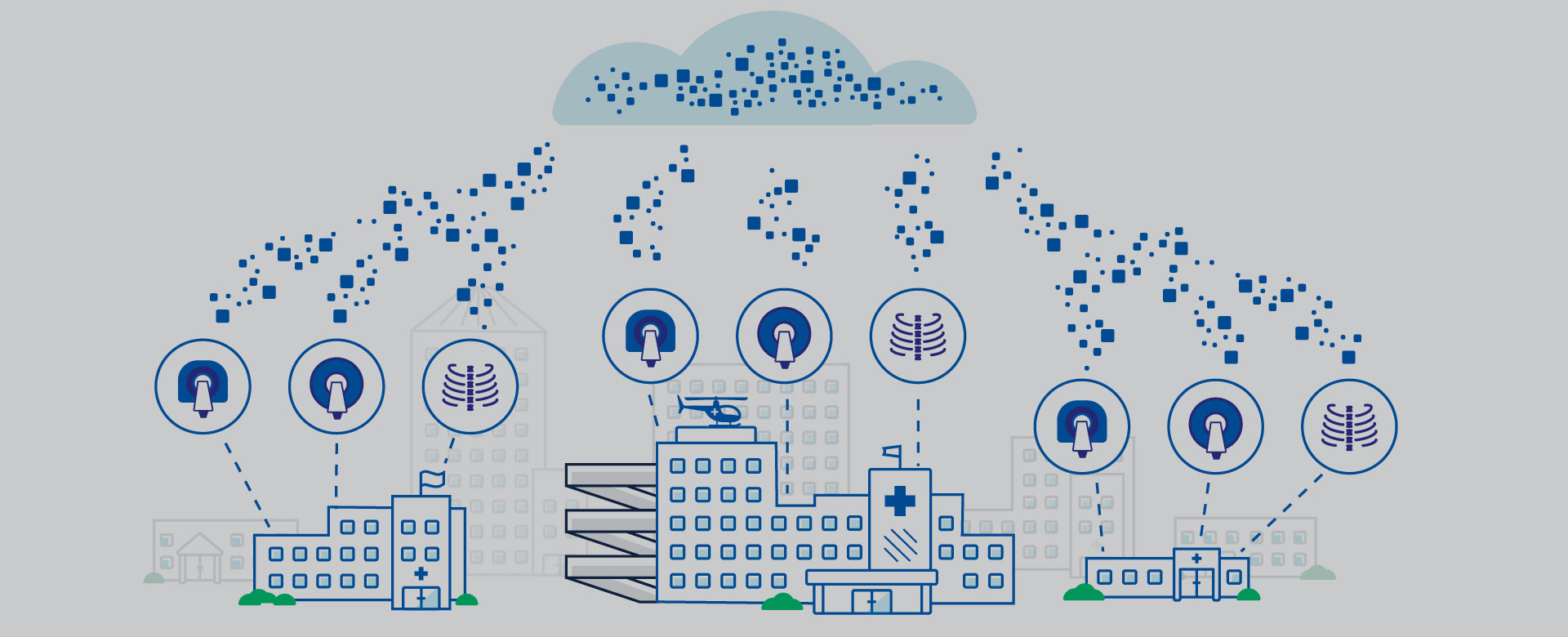Protocol challenges
Environment
Previously, protocol teams needed to manually update each device using a USB drive, resulting in inconsistency, patient risks, and costly inefficiencies.Regulations
Complying with the wide range of industry, state, and federal accreditations can be highly burdensome without a convenient tool for establishing consistency and traceability across the enterprise.Economics
With budgets always under strain, managing and updating protocols can become a significant financial stressor. In fact, the average cost for optimizing 30 CT protocols is $42,000.1Patient outcomes
Using out-of-date protocols can result in incorrect diagnoses, repeat visits, delays in care, and a suboptimal patient experience.
Overcome challenges. Improve outcomes.
Setting up and using Imaging Protocol Manager is simple.
Take a free, no-obligation video tour of all the Imaging Protocol Manager's tools and features.

Related products
additional resources
1. J Siegelman, “Design, Implementation, Benefits and Costs of a CT Radiation Dose Optimization Committee, in a Medium Sized Community Hospital System”, Published JACR 2013
2. ACR: https://www.acr.org/Education/Education-Catalog/Products/8336734
3. AAPM Medical Physics Practice Guideline 1.a: CT Protocol Management and Review Practice Guideline, Journal of Applied Clinical Medical Physics, 14(5), 2013
4. https://www.jointcommission.org/assets/1/6/Accreditation_and_Certification_10_09.pdf
